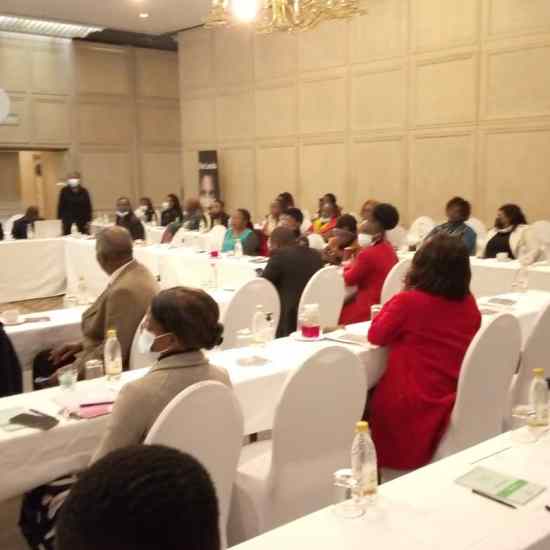
The Zimbabwe Gender Commission (ZGC) says it is difficult to attribute child marriages and sexual exploitation of women to a single cause as there are complex and interrelated issues to the scourge.
ZGC launched the national inquiry into child marriages and sexual exploitation of young girls in May and concluded the exercise in August following widespread concerns on the vice.
Addressing journalists in Harare during the presentation of the preliminary findings on the inquiry, ZGC chairperson Commissioner Margaret Mukahanana Sangarwe said the drivers cut across cultural and religious beliefs.
“The National Inquiry and investigation established that there are various drivers/causes of child marriages and sexual exploitation. Since the causes/drivers are multifaceted and interrelated, it is difficult to attribute child marriages and sexual exploitation to a single cause in any given context. The inquiry established that there are common and general causes/drivers of child marriages and child exploitation that were identified in all the country’s ten provinces.
“These include: cultural and religious beliefs which undervalue girls, particularly those with disabilities; virginity and other myths against girls with disabilities, early pregnancy; poverty and lack of economic opportunities, lack of school fees and sanitary wear, gaps in the legal system, effects of COVID-19 lockdowns, peer and parental pressure, unequal gender and power dynamics, sexual abuse, breakdown of family, vulnerability in child headed households…lack of viable alternative options,” said Commissioner Sangarwe
She said there specific drivers peculiar to certain geographical and social settings within the country’s ten provinces and these include religious and cultural practices and the negative perception of the role of girls and women in society.
Commissioner Sangarwe added that persons with disabilities faced challenges in accessing justice and social protection mechanisms which are long distance to courts, lack of sign language interpreters, lack of safe shelters and discrimination by community and service providers.







